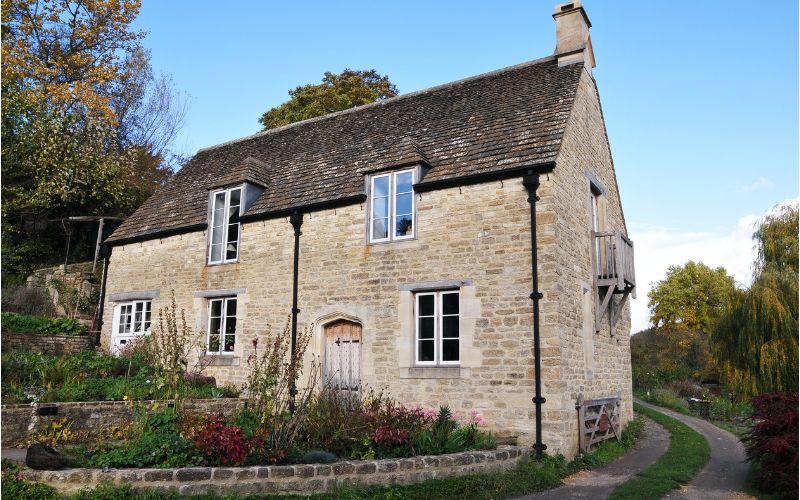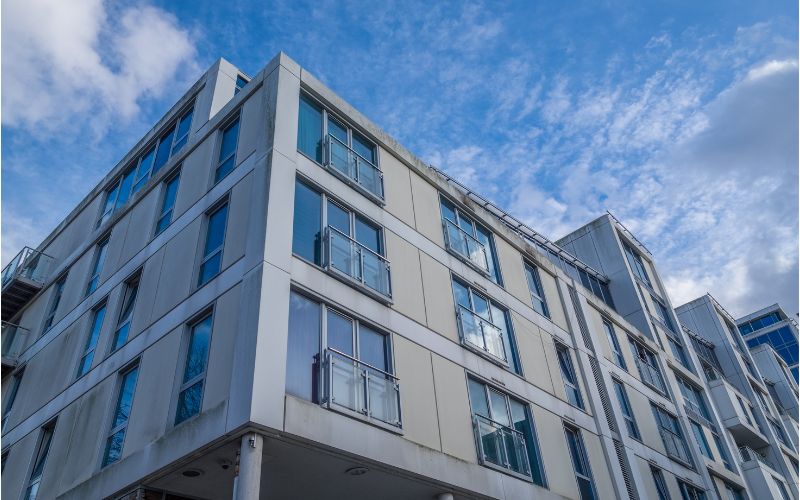What are dilapidations?
Put simply, the term ‘dilapidations’ represent ‘exit costs’ for a tenant at the end of their lease. These costs are broadly attributed to repair, redecoration, alterations, and statutory compliance of the demised premises.
The first time a tenant is likely to hear the term dilapidations is when they receive a schedule of dilapidations from the landlord towards the end of the lease term. This will more often than not come as a shock, especially if there is a limited understanding of what is contained in the lease and the implications this places upon the tenant.
When entering into a lease of a commercial property, you’ll likely have to agree to a series of provisions that stipulate your responsibility as a tenant to maintain the property to the required standards, these will primarily be contained under the section of the lease named ‘Tenant’s Covenants’.
These covenants are included to protect the landlord and their asset by putting responsibility for the property’s upkeep onto the tenant. This gives the landlord some assurance that the tenant will not devalue the property and that once vacated it will be returned in a lettable condition.
It usually pays to have a dilapidations assessment carried out by a qualified building surveyor ahead of the Landlord issuing their claim to better understand your liabilities and to properly budget for dilapidation costs at lease end.
It pays to take a pragmatic approach to dilapidations and to request the landlord’s claim well in advance to lease end to allow time to properly strategise.
Receiving and understanding a Schedule of Dilapidations
A schedule of dilapidations is a legal document that a landlord must draw up before having the capability to make a formal claim against the tenant. This schedule should include all the clauses of the lease, stating the tenant’s obligations and where a breach of these obligations has occurred in an itemised fashion. These breaches will fall into the categories outlined in the section above (repair, redecoration e.t.c) and the Landlord will include anticipated costs to correct the breach against each item.
What are the types of dilapidations schedules?
There are several types of dilapidations schedules, which can be served at different times through the lease:
Interim Schedule
An interim schedule is typically served within the term of the lease and usually if there is three years or more to run on the lease term. This will usually outline the tenant’s breaches in the lease but will not be costed. This is a way of the Landlord notifying the tenant of perceived breaches during the lease and if they feel essential maintenance is being ignored.
Terminal Schedule
A ‘Terminal Schedule’ is typically served within the last 6-12 months of the lease, but can be up to 3 years before the end of the lease however this is rare. The terminal schedule will usually be a costed schedule.
Final Schedule
A ‘Final Schedule’ which is typically served after lease expiry and state/condition of the property is in a ‘final’ position in the context of the breaches, as the tenant has no right to return. The final schedule will usually be an updated Terminal Schedule to crystalise the Landlord’s position and dilapidations claim. The final schedule will be accompanied by a statement of ‘Quantified Demand’ which will outline the final claim based on the loss the Landlord feels they have suffered.
Completing works
Any works that you are liable for under the Schedule of Dilapidations will need to be completed during your tenancy and prior to you vacating the premises, using qualified professional contractors.
If this isn’t possible the landlord may accept the equivalent monetary payment for the works instead. However, it’s likely he or she will want these works to be carried out while you’re still leasing the property so as not to lose out on any potential rental income.
Negotiations and Exit Strategy
As a tenant, you’re entitled to challenge the schedule of works and you’d be remiss not to do so, particularly in cases where your landlord has failed to adequately justify the breaches of covenants as defined in the lease.
You should appoint your own qualified Dilapidations Surveyor to assess the premises and make their own estimations of the works that require completion. You aren’t legally obligated to make any adjustments or corrections that don’t fall into the covenants expressly outlined in the lease terms you signed.
There are a number of different strategies a Tenant can employ after receiving a schedule of dilapidations. These strategies are largely based on the time remaining on the lease, the extent of the breaches, and the landlord’s intentions for the property post lease expiry.
Typically there are two courses of action a tenant can take to conclude dilapidations claim.
- Firstly, if the time on the lease allows, a tenant can carry out the works themselves this allows for the tenant to keep control of the cost of the works and timescales. If this option is to be pursued then the Landlord should be consulted to ensure the correct specification is applied to the works (i.e: paint colours).
- Secondly, a financial settlement can be agreed upon through negotiation of the claim.
The Landlord should always be approached to disclose their intentions for the property post lease expiry in the event redevelopment or change of use for the property is planned. This is imperative to understand whether elements of the claim may be limited through ‘supercession’ as defined under Section18(2) of the Landlord and Tenant Act 1927. A simple example of supercession being applied in dilapidations is; if a landlord is planning to demolish a wall to the building then they cannot include works to this wall in their claim.
Other ways to limit the Landlord claim under UK statue is section 18(1) of the Landlord and Tenant Act 1927, known as ‘Diminution in Value’. This limits the cost of repair in the dilapidations claim to the reduction in the value of the property in its current state versus the fully repaired state.
Be prepared for the landlord to renegotiate when you present them with your own surveyor’s findings. This is typical of a negotiation of dilapidation claims between commercial landlords and tenants.
In rare cases, where an agreement can’t be reached, the situation may go to court. This can be costly for both sides and you should try your best to find a solution that avoids this.
How to mitigate a costly dilapidations bill
While a dilapidations schedule can rarely be completely avoided, there are a couple of things you can do in order to mitigate any costly works at the end of your tenancy:
1. Negotiate on dilapidations before signing a lease
Before signing a lease on any commercial property have a solicitor review the terms of your agreement. They may be able to negotiate down your dilapidations liabilities to lessen the financial responsibility on you. You should also ensure there is a clear record of the property’s condition by undertaking a schedule of condition and ensure this schedule is properly referenced in the lease. By having this schedule in place you limit your repairing liabilities at lease end.
2. Manage repairs and maintenance issues as they surface
One of the best ways to avoid a long list of works at the end of a commercial tenancy is by keeping the property in a good state of repair. By keeping on top of maintenance as you go, you mitigate smaller issues becoming larger, more expensive, jobs.
3. Get the landlord’s express permission in writing for alterations
Pay close attention to any provisions in your lease that mention alternations, because if you do make changes you could be asked to return the property to its original state before you vacate. If alterations are needed, always gain permission in writing from the landlord, including an agreement that the alterations can remain in place at the end of your tenancy.
Need a qualified Dilapidations Surveyor to assess your commercial premises?
For objective dilapidations, advice, call our Sillence Hurn team on 02380 014786 or email enquiries@sillencehurn.co.uk
Disclaimer: Please note this article is for guidance purposes only and does not constitute legal advice.




